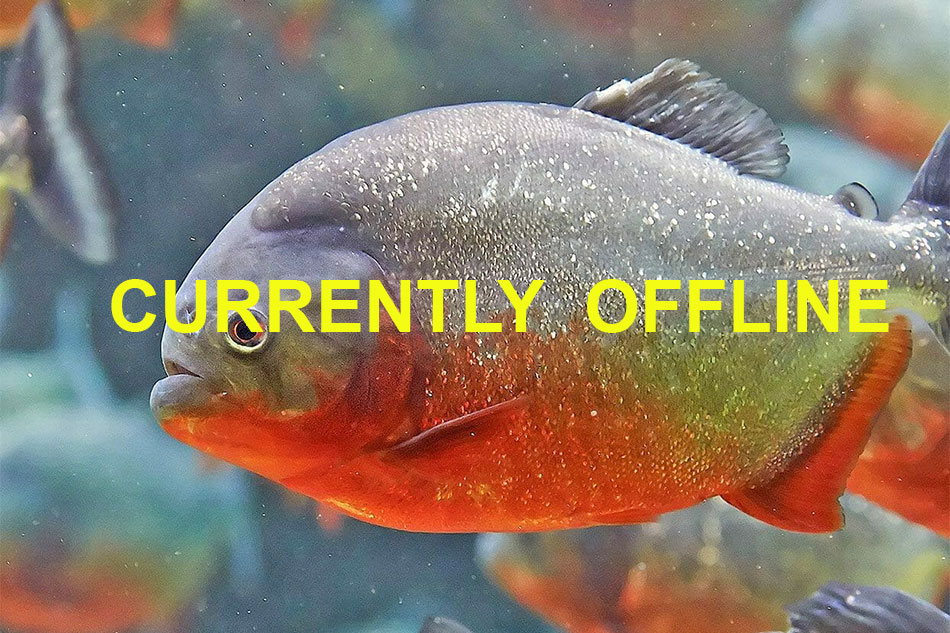More info: Piranhas are South American fresh warm water fish. Their range extends from the Orinoco River basin of Venezuela in the North, down to Paraná of Argentina in the South and includes the entire Amazon Basin. Piranhas inhabit rivers, floodplains, lakes and reservoirs.
Jeremy Wade's Largest Piranha Catch Ever, in the River Monsters Programme:
Depending on the exact species, most piranhas grow to between 12 and 35 cm (5–14 in) long. A few can grow larger, with the largest living species, the red-bellied piranha, reaching up to 50 cm (20 in)
A piranhas diet consists of insects, fish, crustaceans, worms, carrion, seeds and other plant material, but generally they will eat what they can get - some species are even vegetarian.
The Amazon waters are quite murky so fish tend to find their prey by smell or proximity. Often piranhas will wait in ambush and then dart out and take a nibble out of potential prey - sometimes even each other. However their reputation for being able to strip a large animal or even a human, down to the bone, is exaggerated. This “nipping” behaviour is quite common amongst fish of the Amazon.
The shape of a piranha’s tooth is frequently compared to that of a blade. It is not uncommon for piranhas to lose teeth throughout their lifetime. They replace their teeth in quarters, multiple times throughout their lifespan.
Piranhas are not apex predators—they are prey to caimans, birds, river dolphins, and other large pescatarian fish.
Additional information:


